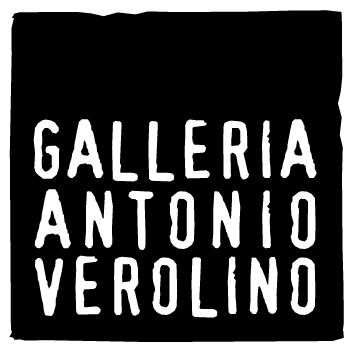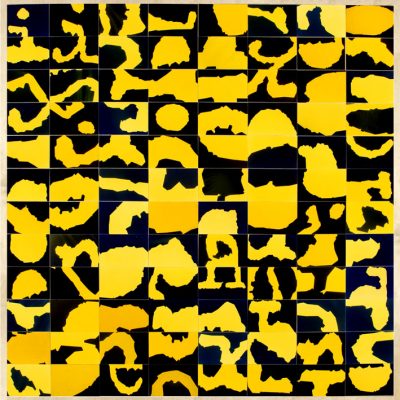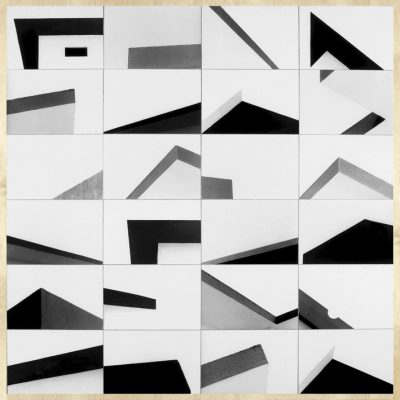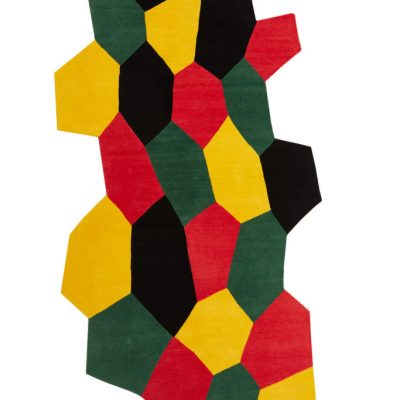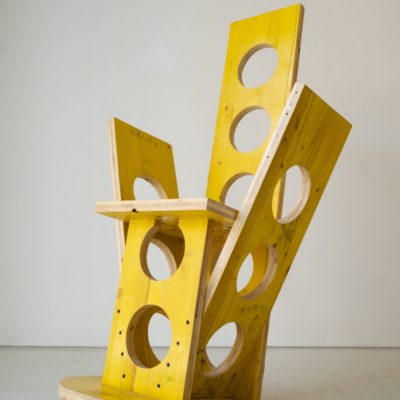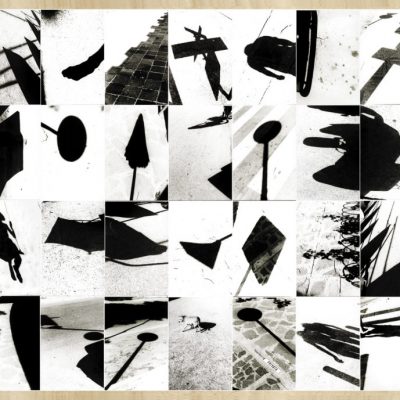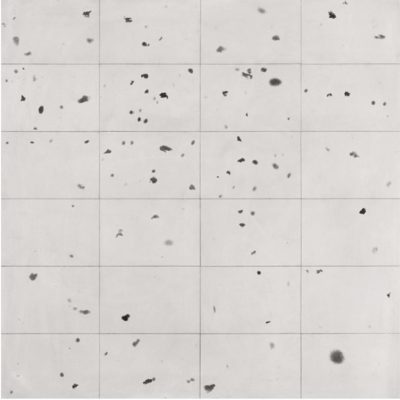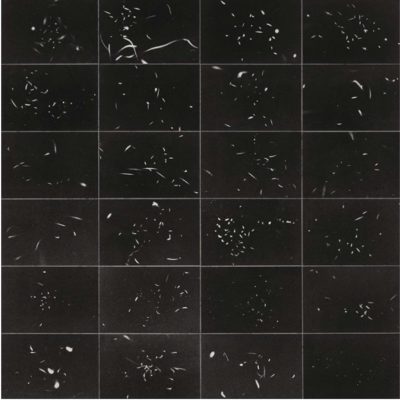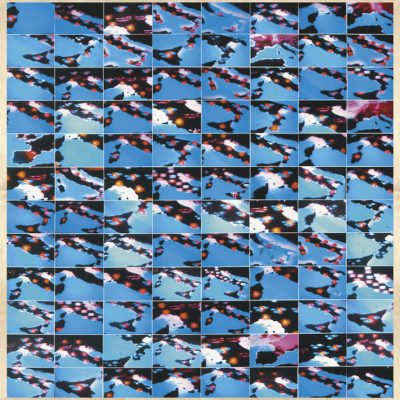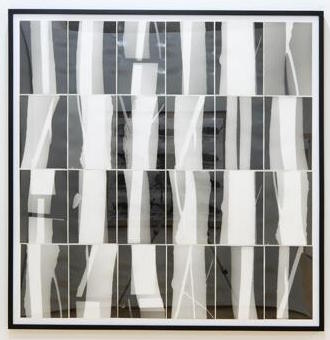Cesare Leonardi
Cesare Leonardi (Modena, 1935) graduated from the Faculty of Architecture in Florence in 1970.
Franca Stagi (1937-2008) graduated from the Polytechnic of Milan in 1962.
Together they ran a professional studio in Modena from 1963 to 1983, which established itself in the creation of fiberglass design objects such as the Nastro Armchair and the Dondolo, published in design magazines and books and part of the permanent collections of the most important museums in the world: MOMA in New York, Victoria and Albert Museum in London, Vitra Design Museum in Weil am Rhein.
Between 1970 and 1980 the studio worked on architecture, parks and collective structures (schools, sports centres, cemeteries) designed in close relationship with trees and greenery.
After the dissolution of the studio, Cesare Leonardi began an independent experimentation in the field of design and urban planning. He designed the Solidi, a modular and flexible furnishing system, and the Centralized Reticular Structure, a method aimed at the construction of parks and the organization of the territory then applied in the creation of the Bosco Albergati park (1988). He used photography as a tool to document, investigate and plan. One of the main results in this area is the photographic survey of the Modena Cathedral, published in 1985.
Since 1983, Franca Stagi’s work has been characterized by her professional and civil commitment to public architecture and the protection of historical architectural heritage. She was responsible for the recovery of important monumental complexes in Modena, including the Grande Albergo delle Arti with the Civic Museums, the San Carlo College, the Municipal Theatre, the Foro Boario, the former Convent of San Paolo, the Synagogue, the Baluardo of the Citadel.
The Cesare Leonardi Architect Archive was founded in 2010, with the aim of protecting and disseminating the work of Cesare Leonardi. The project to reorganize and catalog the materials has been underway since 2015.
The Franca Stagi Archive was donated by the family to the ‘Luigi Poletti’ Civic Art Library of Modena, an institution where it was reorganized and inventoried in 2011.
